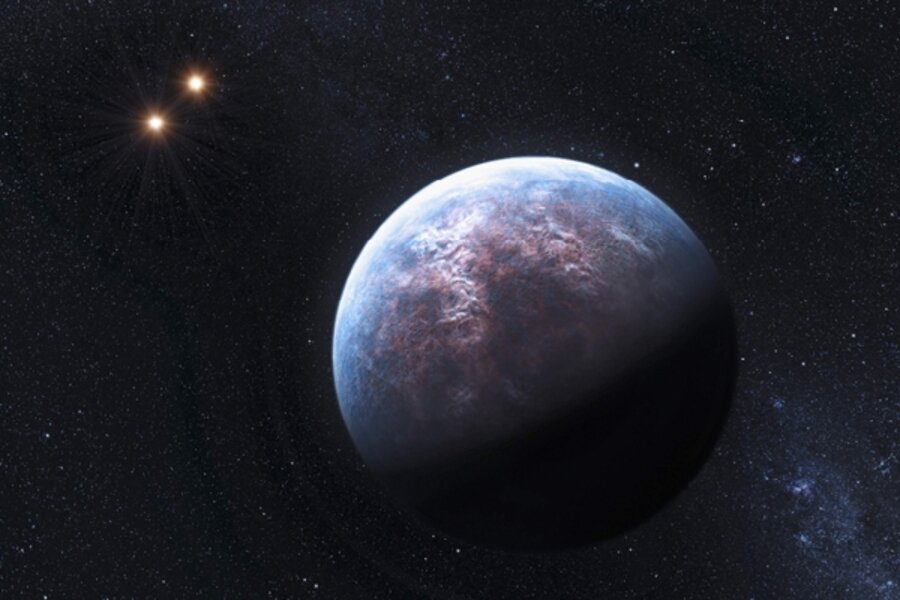Wow! 32 new planets discovered. These giant exoplanets dwarf the Earth.
Loading...
Maybe that halo cloud over Moscow was a UFO after all...
European scientists announced on Monday that they've discovered 32 brand spanking new planets. Don't bother looking out your window, it's not like you're going to see them or anything. They're outside of our solar system.
And these aren't your garden variety Earth and Mars-sized planets. Nor are they anything like puny-sized Pluto which is now basically classified as a piece of gravel.
These are humongous. If we were using "The Office" as a measuring guide, these planets would be named Phyllis or Stanley, as they range from five times the mass of Earth to five to ten times the mass of Jupiter.
Exoplanets
Because they are outside of our solar system, they are classified as "exoplanets." The exoplanets were discovered by the HARPS (High Accuracy Radial Velocity Planet Searcher) team on the European Southern Observatory’s 3.6 meter telescope in Chile (see video below).
Today's announcement isn't anything new. Scientists have found many exoplanets. In fact, there are now over 400 such worlds identified. Most recently, we told you about the terribly named "CoRoT-7b." This one is much closer to the size of Earth -- only 1.5 times larger.
But to live there you'd need plenty of sunblock (and probably a fan) as its temperature is somewhere between 1,527 to 2,327 degrees Celsius.
And -200 degrees Celsius at night. Think Wyoming.
Alien life?
As for the new planets, they can't really tell if they're habitable. Unlike Oscar Goldman, they don't have the technology.
Andrea Thompson, from SPACE.com, explains that, "researchers look for dips in starlight to tell them that a planet has passed in front of the star. But they cannotsee the planet's surface or detect any potential atmosphere, important considerations in determining whether or not a planet might be habitable."
"It would be really difficult ... to find a real Earth," said astronomer Stephane Udry of the University of Geneva.
Ain't no thang
But that doesn't mean scientists are disappointed. Anything but. The discovery of these planets helps bolster the theory that planets are no big deal. They're commonplace.
"I'm pretty confident that there are Earth-like planets everywhere," Udry said in a Web-based news conference from a conference in Portugal. "Nature doesn't like a vacuum. If there is space to put a planet there, there will be a planet there."
To back up his statement, the BBC reports that these scientists expect to discover another batch of planets in the next few months with the ultimate goal being to find an Earth-like one that could support the presence of water.
As for the current technology problem? It's nothing that time can't fix.
"Scientists believe the introduction of newer, more sensitive technologies will allow them to identify such an object within just a few years from now," they write.
See also:
Astronomers find 'Super Earth' around another star
A bizarre new solar system, and a new tool for finding it
Planet hunters find an Earth-mass planet and a potential water world






